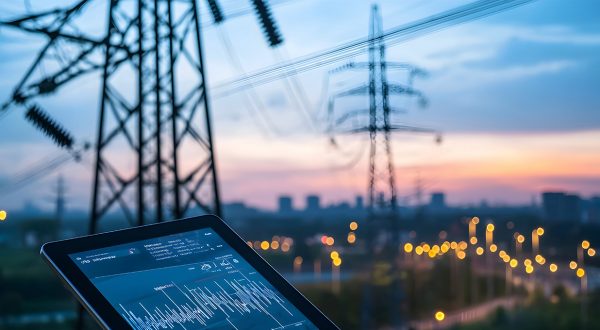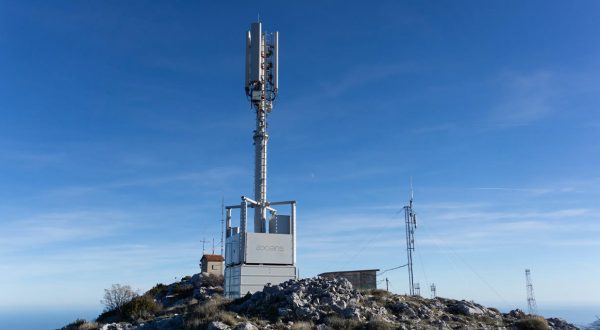Degreane Horizon is to install 39 weather stations in African airports to address the severe shortage of meteorological data, thus helping to improve weather information coverage in the continent.
![]()
Key to ensuring safety and driving the economy throughout the world, meteorological information is critical in Africa. Not only because it is one of the continents hit hardest by climate change brought about by global warming, but also because it is particularly badly off when it comes to data, at a time when there is an acute need for it. Just 10 of the continent’s 54 countries have satisfactory weather services, says the World Bank which estimates the financing needed to upgrade African hydromet services at $1 billion.
The World Bank is contributing to the effort to build a system providing reliable, real-time meteorological data as part of the Hydromet programme, alongside the World Meteorological Organization (WMO) and the Agence française de développement (French development agency – AFD). A not-for-profit organisation, the Observatoire hydrométéorologique transafricain (the Trans-African Hydro-Meteorological Observatory), plans to roll out weather stations every 30 km across the continent, which would add 20,000 individual stations to the network currently being built.
“We use airport infrastructure and personnel to pool resources, thereby contributing to national weather information coverage”
Airports, which depend on meteorological data for safety, are also doing their bit. Indeed, ASECNA (Agency for Aerial Navigation Safety in Africa and Madagascar – an airspace management body that brings together 18 countries) recently appointed Degreane Horizon (VINCI Energies) to install 39 synoptic weather stations to measure meteorological parameters.
Continuous flow of data
“The information generated by airports – a continuous flow of data to pilots – exceeds their specific requirements, while meteorological organisations operate at a rate of 6 or even 24 hours,” explains Yann Sultan, head of the met department at Degreane Horizon. “This means that we use airport infrastructure and personnel to pool resources, thereby contributing to national weather information coverage via a measurement point at the main airport,” he adds. Every hour, the synoptic station generates coded data in a standardised message, which is transmitted to the national and regional networks specified by the WMO.
The turnkey installation supplied by Degreane Horizon includes a “met garden”, which incorporates all sorts of automated sensors to measure rainfall, temperature, wind, pressure, and other parameters like radiation, as well as a weather station linked to the garden by a fibre-optic network. In the station, which houses a technical unit and its servers, technicians use a kind of “monitoring software which captures, stores, and processes data,” Sultan points out. And it’s not just data from the “met garden” that is used: human observations of weather conditions complete the technological picture.
Learn more:
http://www.worldbank.org/

